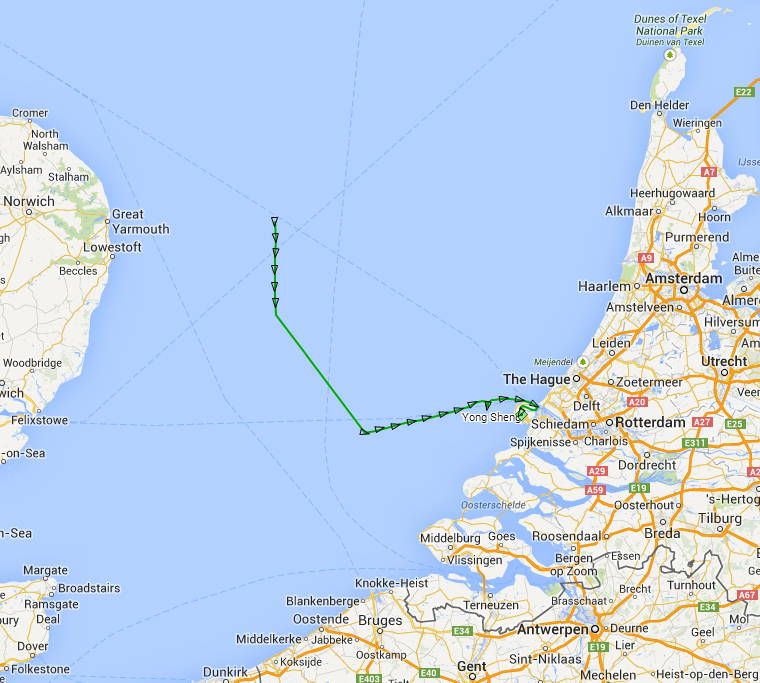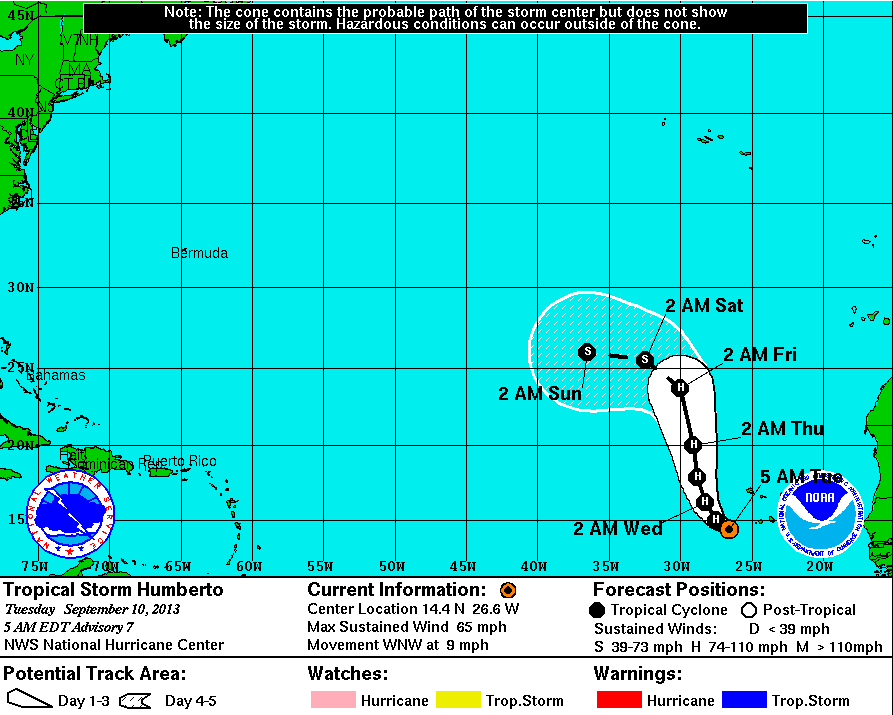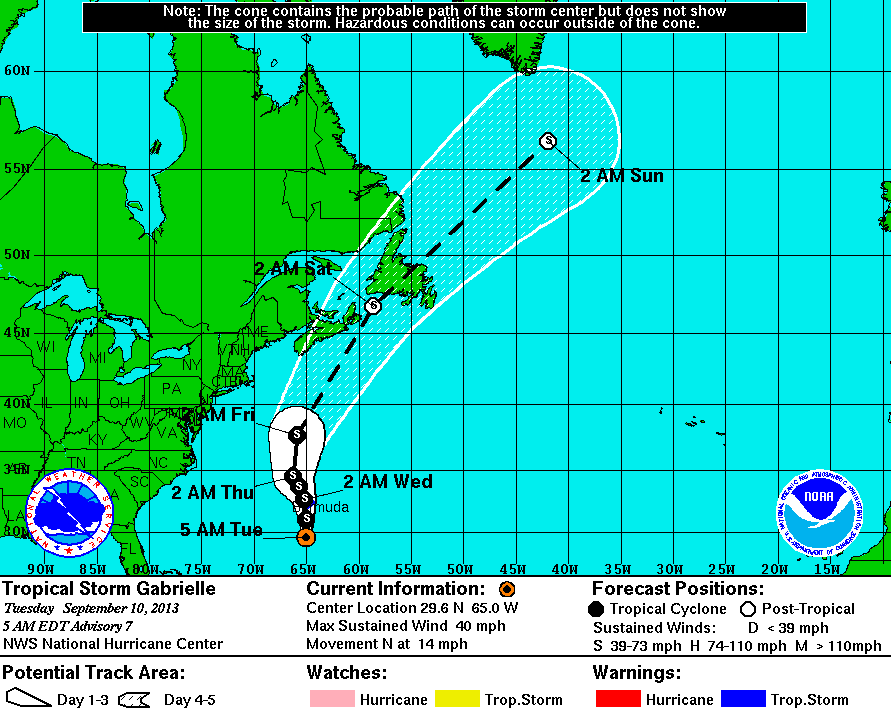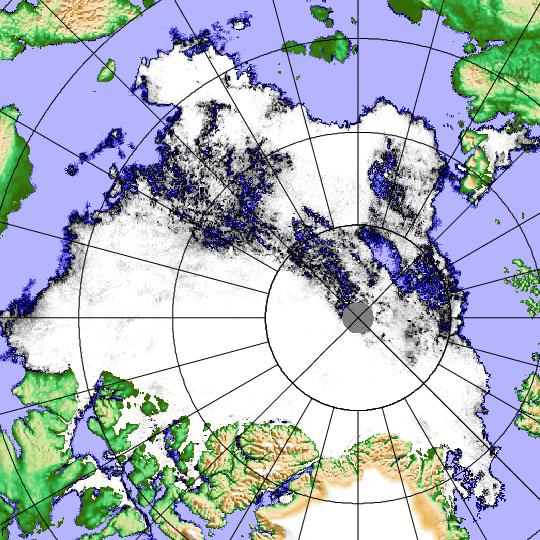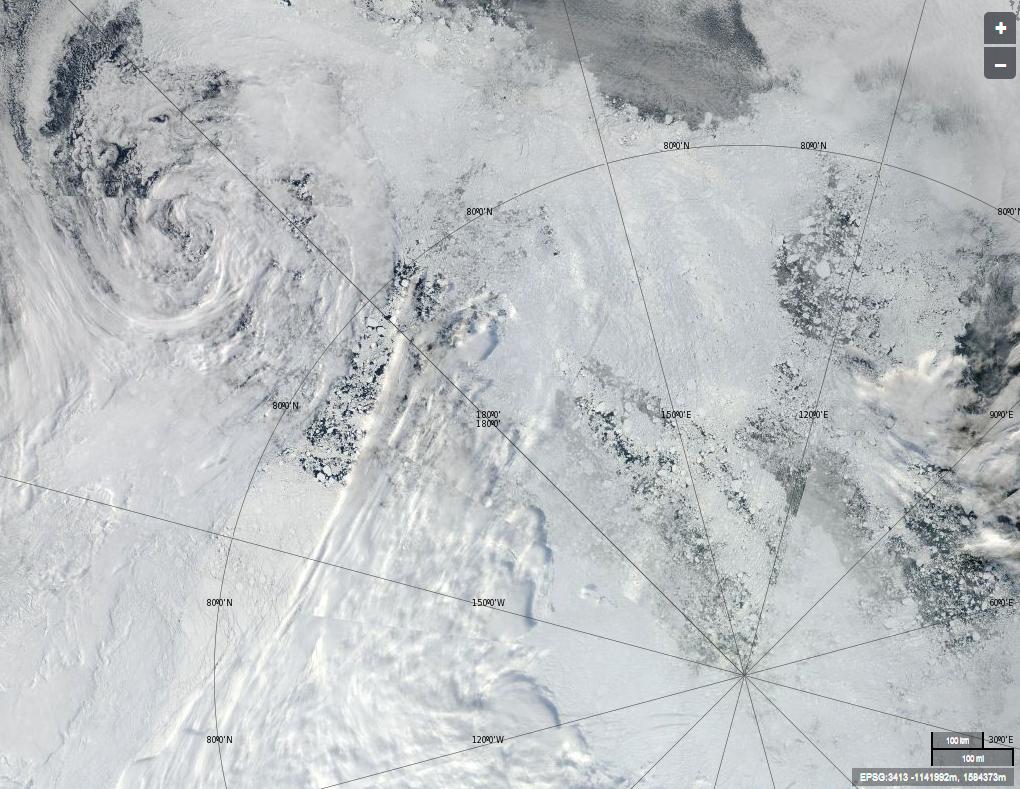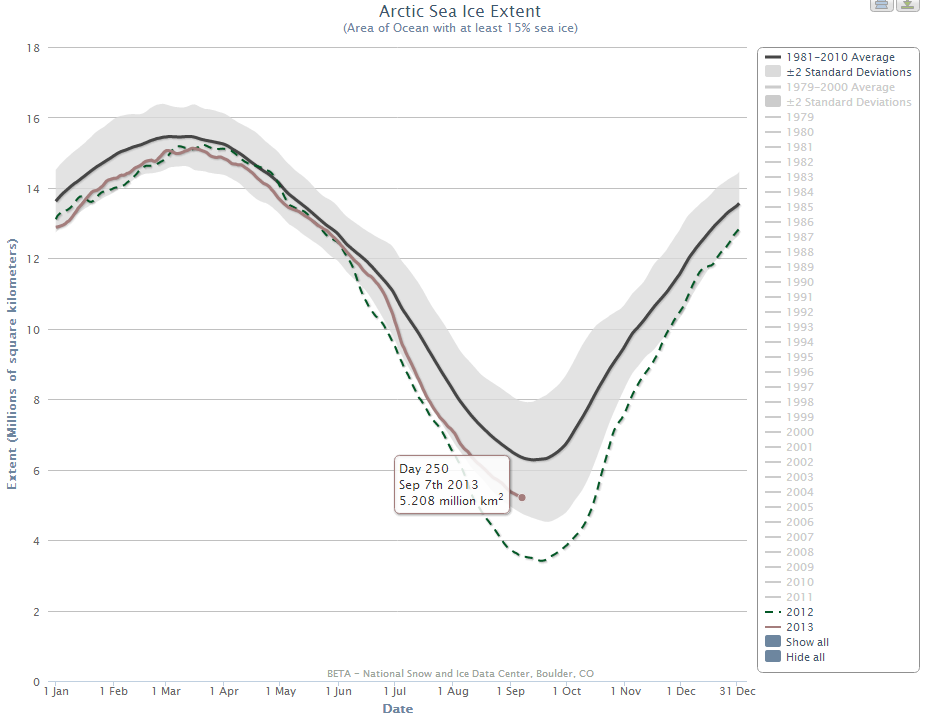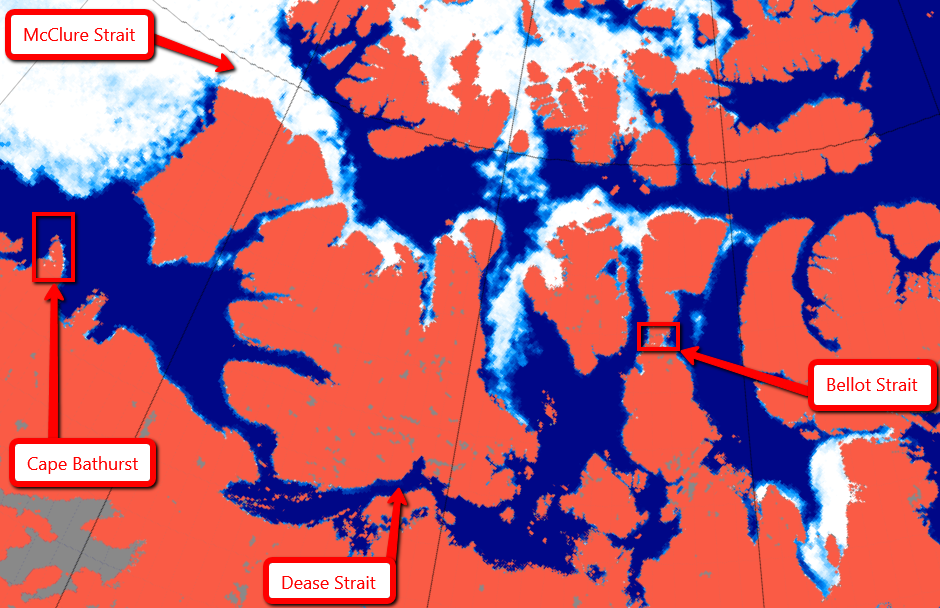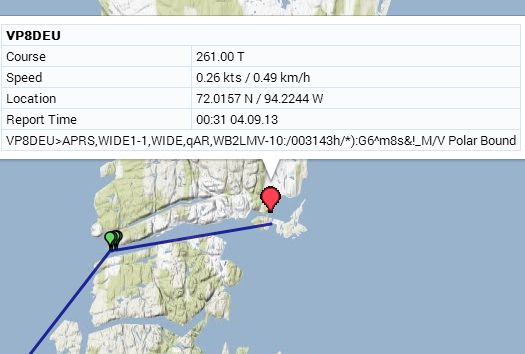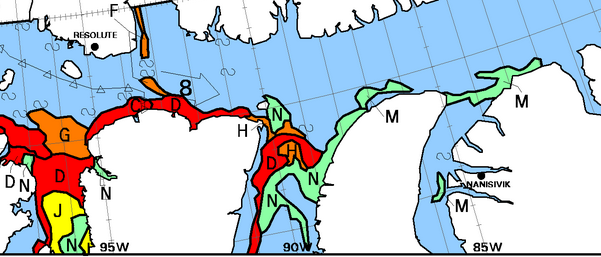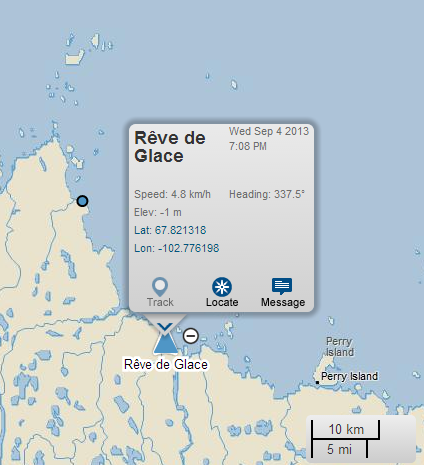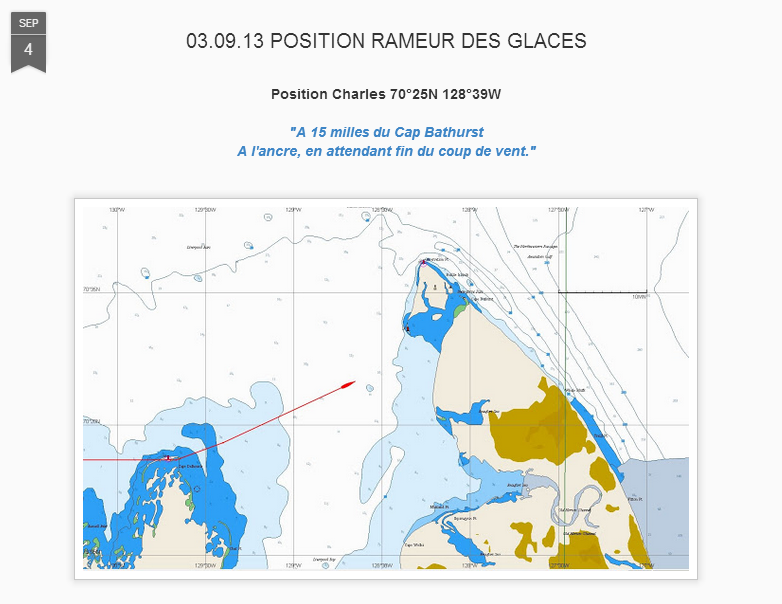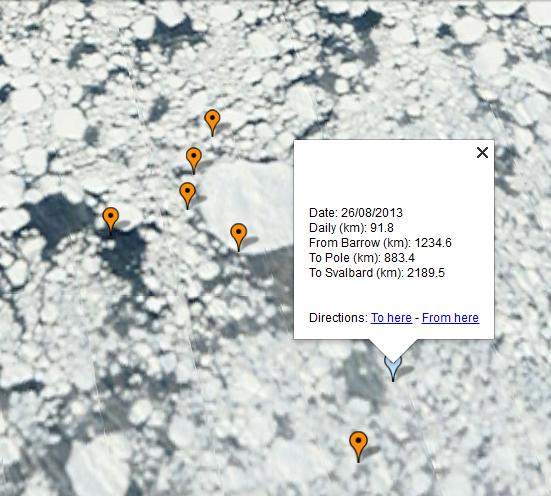September 15, 2013
The Great White Con Continues
After last weekend's performance the Mail on Sunday have today hosted yet another edition of the David and Judy show. David Rose's headline for this week reads:
Global warming is just HALF what we said: World's top climate scientists admit computers got the effects of greenhouse gases wrong.
This new article also refers back to this time last week, saying:
The Mail on Sunday’s report last week that Arctic ice has had a massive rebound this year from its 2012 record low was followed up around the world – and recorded 174,200 Facebook ‘shares’, by some distance a record for an article on the MailOnline website.
But the article and its author also became the object of extraordinarily vitriolic attacks from climate commentators who refuse to accept any evidence that may unsettle their view of the science.
A Guardian website article claimed our report was ‘delusional’ because it ignored what it called an ‘Arctic death spiral’ caused by global warming.Beneath this, some readers who made comments had their posts removed by the site moderator, because they ‘didn’t abide by our community standards’.
I was one of those "commentators" that "had [some of] their posts removed by the site moderator". This is what one of my comments that failed to impress the Mail's moderators looked like:
This didn't appear on the Mail Online, it didn't strike me as being "libellous or abusive" either, and it's certainly not "extraordinarily vitriolic" . Hence the following day I sent the following email to the Managing Editor of the Mail Online:
Subject: Mail Online moderation policy
Date: 09/09/2013 17:42
Hello Rhiannon,
I'm assured that the buck concerning the above subject stops on your desk. I tried phoning you earlier today, and eventually ended up leaving a message on Lucy's voicemail. No response as yet though, hence this email!
To summarise, I'm trying to discover the Mail Online moderation policy. As far as I can tell I abide by the house rules, but a number of my comments have failed to appear. Including a link certainly doesn't seem to help, but even without some don't get through. Can you enlighten me about what's going on behind the scenes?
For additional background see for example this recent "tweet" of mine – https://twitter.com/jim_hunt/statuses/376729633992884224
Thanks in advance,
Jim Hunt
I have yet to receive any response to that email, or to the various questions I have put to David Rose via a number of different avenues. In today's article David Rose has the temerity to state that:
Another assault was mounted by Bob Ward, spokesman for the Grantham Institute for Climate Change at the London School of Economics. Mr Ward tweeted that the article was ‘error-strewn’.
The eminent US expert Professor Judith Curry, who unlike Mr Ward is a climate scientist with a long list of peer-reviewed publications to her name, disagreed.
On her blog Climate Etc she defended The Mail on Sunday, saying the article contained ‘good material’, and issued a tweet which challenged Mr Ward to say what these ‘errors’ were.
He has yet to reply.
Please join me in rearranging the following well known phrase or saying:
The black pot is calling the kettle.
As if further proof is needed to support that assertion, here is what another comment of mine posted earlier today that has thus far failed to emerge from the Mail Online's moderation queue looks like:
The facts of the matter are that the increase in Arctic sea ice extent compared to "this time last year" was just HALF of what David Rose said in the Mail on Sunday this time last week:
Here's the thing. You don't need to be a climate scientist like Judy to work out that David Rose is just a fairground performer. You only need to be able to work out the difference between half a million and one million:
Filed under Politics by




